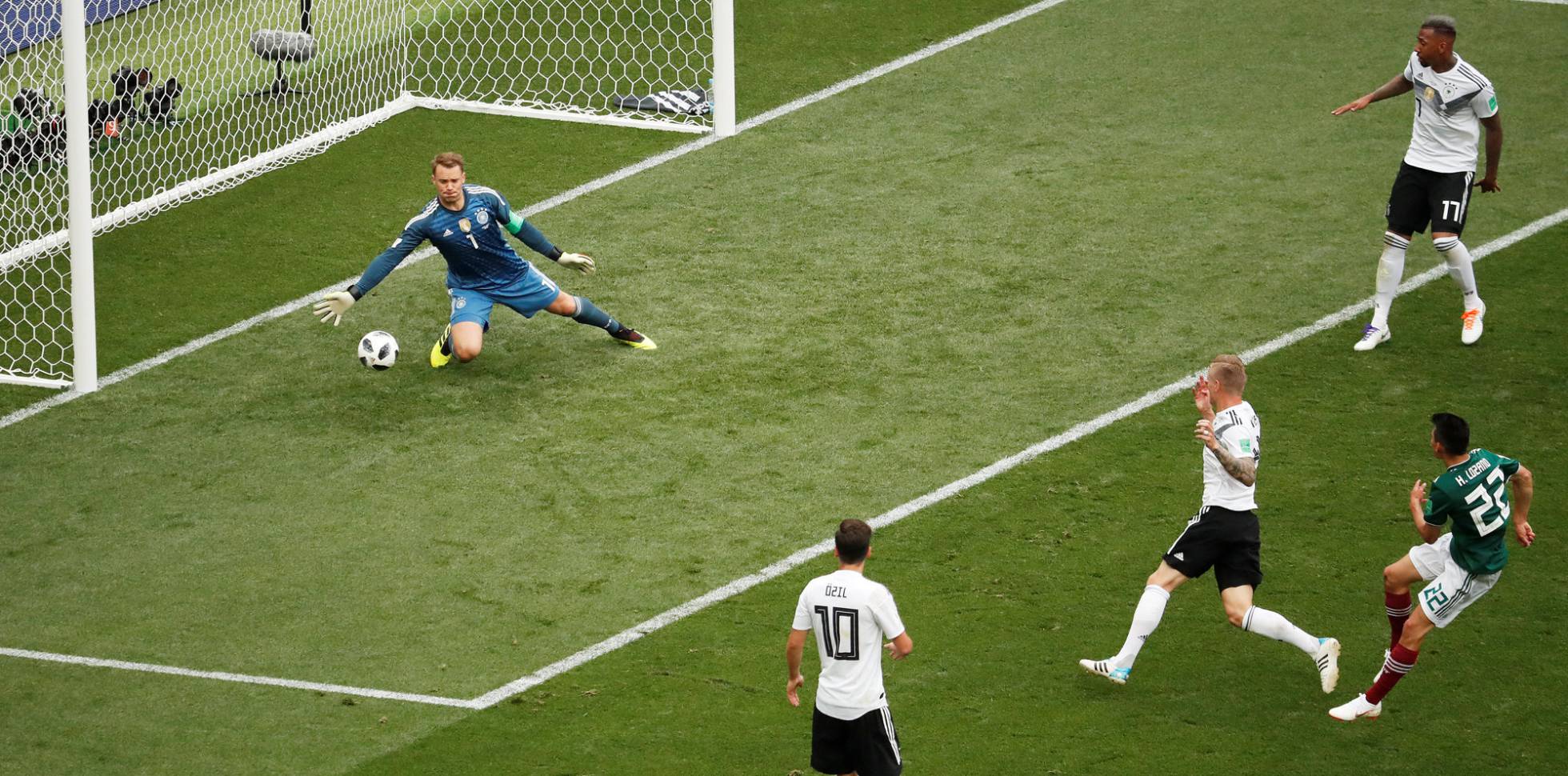Options and keys to restart and maintain continuity of play from the goalkeeping position.
Para acceder a este post, necesitas tener una Suscripción PRO.

Para acceder a este post, necesitas tener una Suscripción PRO.
Para acceder a este post, necesitas tener una Suscripción PRO.
Para acceder a este post, necesitas tener una Suscripción PRO.